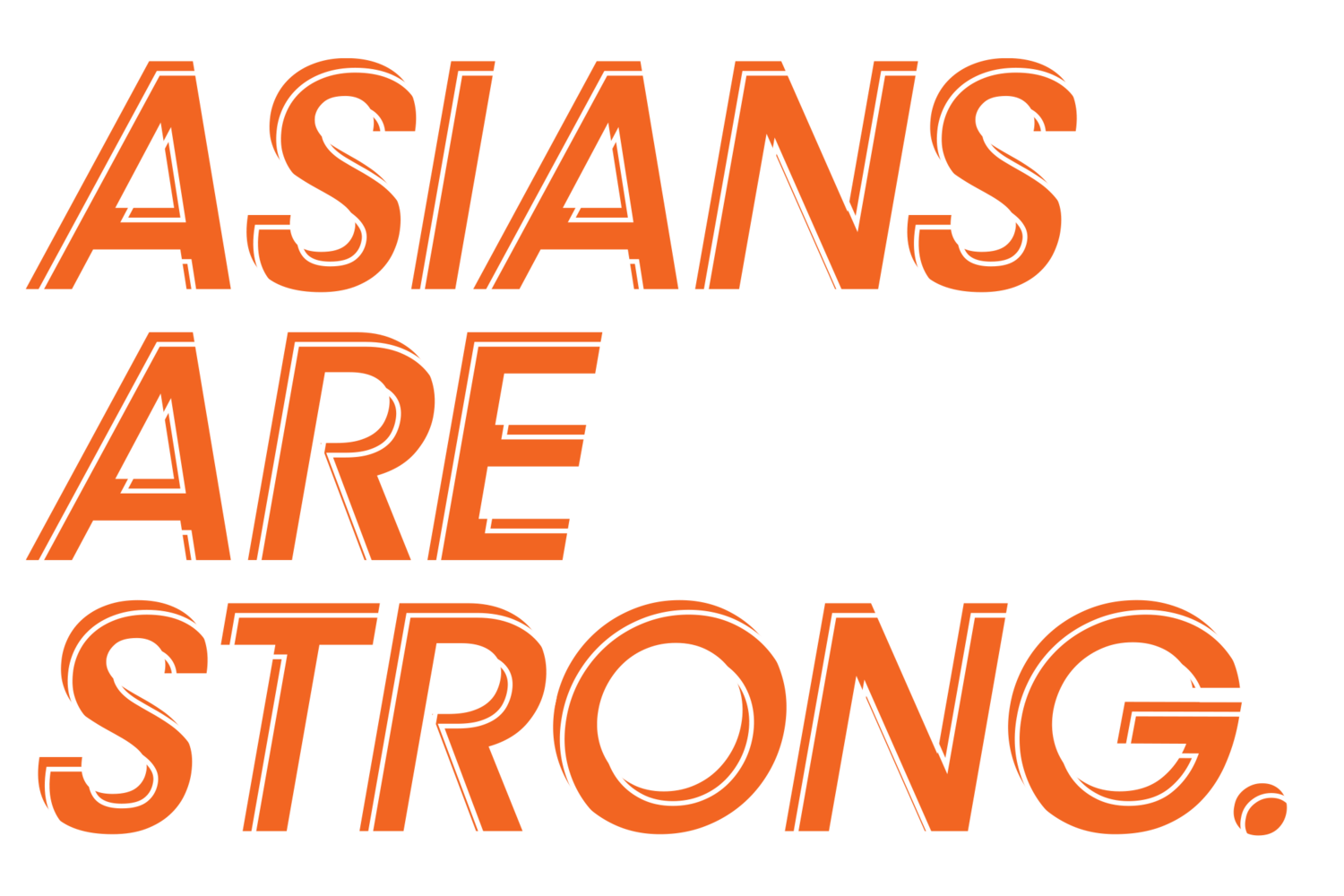Anna Grace Burch
Origami Project: Gentrification
Paper receipts, photography, thermal paper
I walked around one afternoon taking pictures of a neighborhood in my city that is experiencing gentrification. The local community was very diverse, home to people of all races and incomes, but I could see the older, poorer areas being renovated and repurposed into newer, unaffordable houses and shops. It made me have mixed feelings towards the city - it’s great to have attractive new areas for living and shopping, but sad to see the less fortunate members of society being pushed out. Those deemed “less desirable” were being uprooted and having their lives changed to make room for those with more wealth. Most of the local neighborhoods dealing with this issue have high concentrations of people of Color, while the new residents tend to be predominantly White. “Origami Project: Gentrification”, helps show the problems in our society that come with gentrification, while highlighting the “positive” impact that can come as a result. It may not change the world, but it can help make people aware of how many communities are affected by renovations and rising prices on their streets.
I upcycled and repurposed old receipt paper by making origami hexagons. I also used the photos I took from walking around and printed them off onto thermal paper. I then used 70% isopropyl alcohol and heat from a candle to manipulate the images and receipts to give them the appearance of being old, used, and undesirable. Meanwhile, the untouched white hexagons are to be viewed as pure, new, and desirable. To represent the newly constructed and renovated properties in these neighborhoods. They are hung white at the top and black at the bottom to show the hierarchy of society. Some hexagons outside the condensed area represent outsiders, loners, and those who aren’t bothered by what’s happening but are all still building blocks in the cycle. The origami pieces are hexagonal to mimic the structure of a beehive. In a colony of bees, each bee works with the others to provide protection and stability to the community. If a worker is seen as unhelpful or undesirable, they are kicked out of the colony and left to fend for themselves. In the same way, once people aren’t viewed as useful for their larger communities, they’re moved out and replaced.
As time passed on while being in the sunny window display, they all turned this rustic red color due to the thermal paper “expiring”. As a result of the slow progression, the origami pieces show their new and true colors. Whether the result of this gentrification is positive or negative is left up to the viewer. In the end, we are human, we have a community, and we all need to help each other out.
BACK TO COMPETITION
